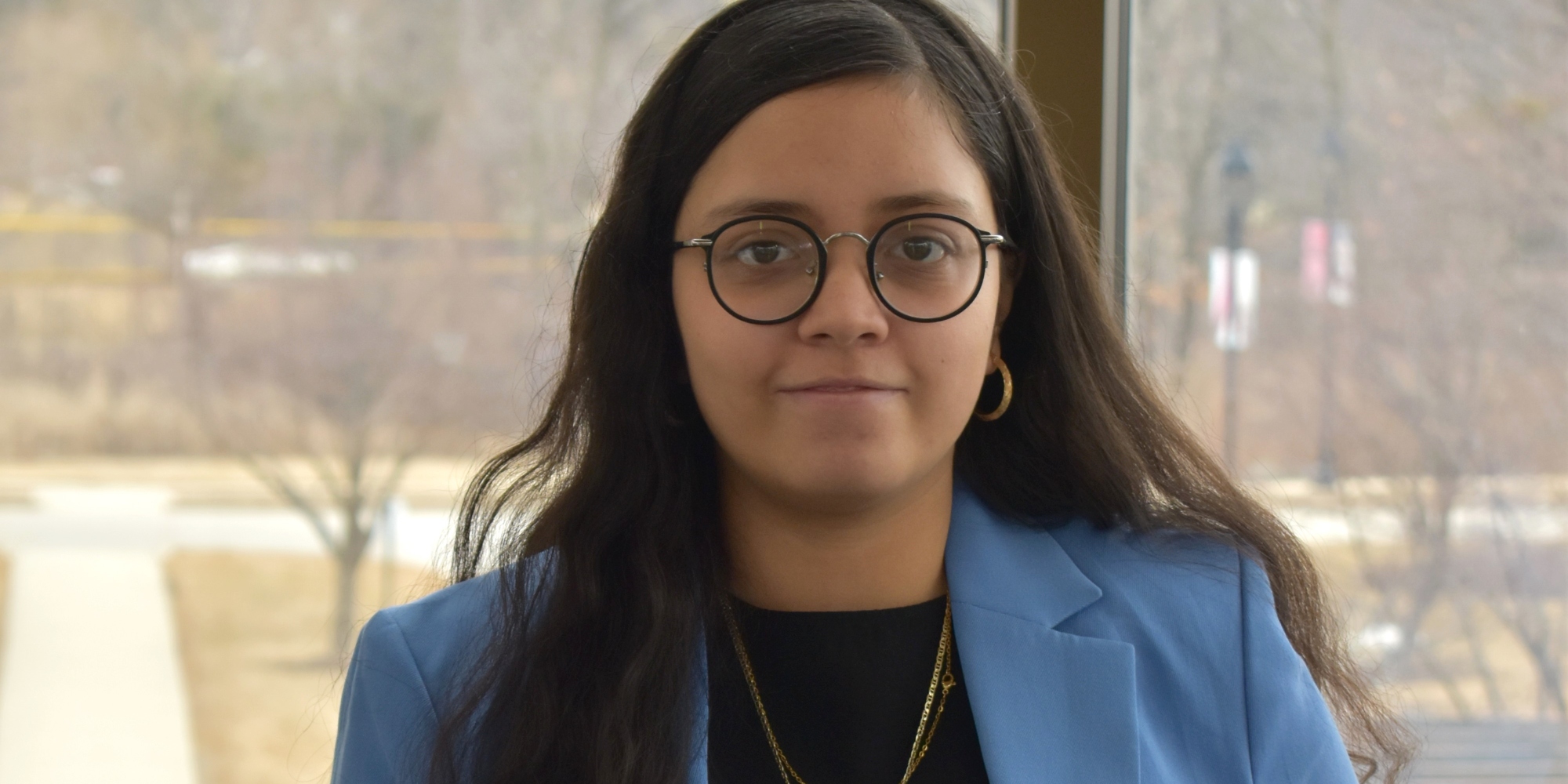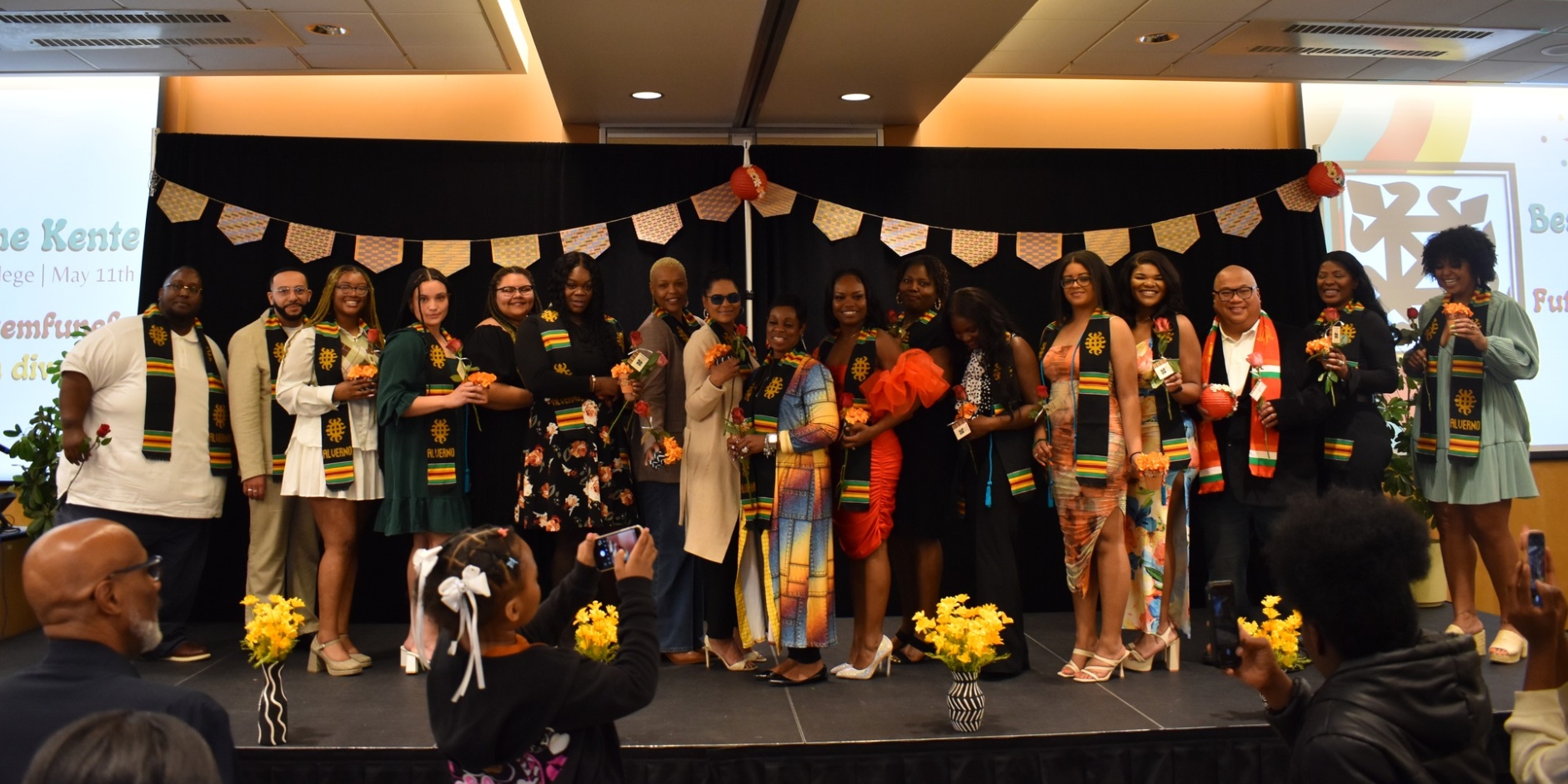For Christy Bell, MS, one of the best parts of working at Alverno is getting to connect with students.
The assistant professor of physical sciences attended large universities for her bachelor’s and master’s degrees. When the opportunity arose to teach at Alverno, she wasn’t sure what it would be like to work at a small women’s college. She quickly realized she was in the right place.
“When you’re on a campus with thousands of students, you’re much more anonymous,” she says. “I have found it very rewarding to be able to work this closely with students.”
One of the classes Bell enjoys teaching is Foundations of Chemistry, an introductory course that draws students from a variety of majors, including nursing. The students who take this course are often in their first semester at Alverno.
“It’s helping them learn to be precise in their actions and in their thinking to carefully assess what they’re doing,” she says. “Whether you become a science major or a nursing major, you need to learn how to make your argument, to have good data to back up your position and how to solve problems.”
When working with students, Bell and her colleagues seek to welcome everyone as they emphasize the many ways in which scientific knowledge can have a positive impact on people’s daily lives.
“We need everybody in science. We need people of color. We need people of different cultures. That’s one of my hopes – that I can support more women in moving into science,” she says. “There are so many ways that you can help your community if you understand science.”
As a professor at a women’s college, what do you hope to empower your students to achieve?
“I hope that they find work that is deeply satisfying to them and that lets them contribute to their community and make a difference. As a science teacher, I would love if they took the science and their critical thinking skills with them and shared them with the world.”
What have you learned from Alverno students?
“They’re hardworking. They dive right in. They’re creative. I love it when they ask questions so they can learn more and get a deeper understanding of the material. They are committed in an intentional way to their community and this school.”
How did you come to be involved with the Alverno Greenhouse?
“I have always loved nature and wanted to understand how the world works. It is why I majored in geology and geochemistry. I also took lots of classes in other sciences including chemistry, physics and botany. I also have a lifelong interest in plants. People who know me know that, so they asked me to be involved as director of horticulture. The idea of working in the greenhouse and growing plants is very exciting.”
What do you most enjoy about the greenhouse work, and what are you looking forward to?
“Everything! I enjoy planting, I enjoy seeing the tomatoes form, and I’ve enjoyed learning how to pollinate tomatoes without bees. I love trying different plants in the hydroponic beds to see what grows really well. I’ve gotten to grow lavender and rosemary with students, and we’ve been harvesting kale for the Alverno food pantry since mid-January.
“I’m also doing curriculum development, writing labs to teach students about the connection between the fish and the plants in our system as well as in nature. The students find it enlightening. You can see from their faces. Sharing that information with people is very exciting to me.
“One of my goals is to get more departments and disciplines involved in the greenhouse. Art students have come over to sketch plants before beginning sculptures. Maybe business students can create business plans for us to grow and sell native plants. There are so many possible connections. ”
How have you used/are you using your knowledge of native plants to make Alverno a more sustainable campus?
“I’ve actually ordered a variety of native plant seeds that we have planted in the greenhouse to be used around campus. We have a lovely campus which could be enhanced with native plants. It would be great to see people out there walking, or sitting and reading a book or playing Frisbee. Plants can invite students, faculty and staff to move out into the landscape and bring in pollinators, birds and wildlife. That would be lovely.”





